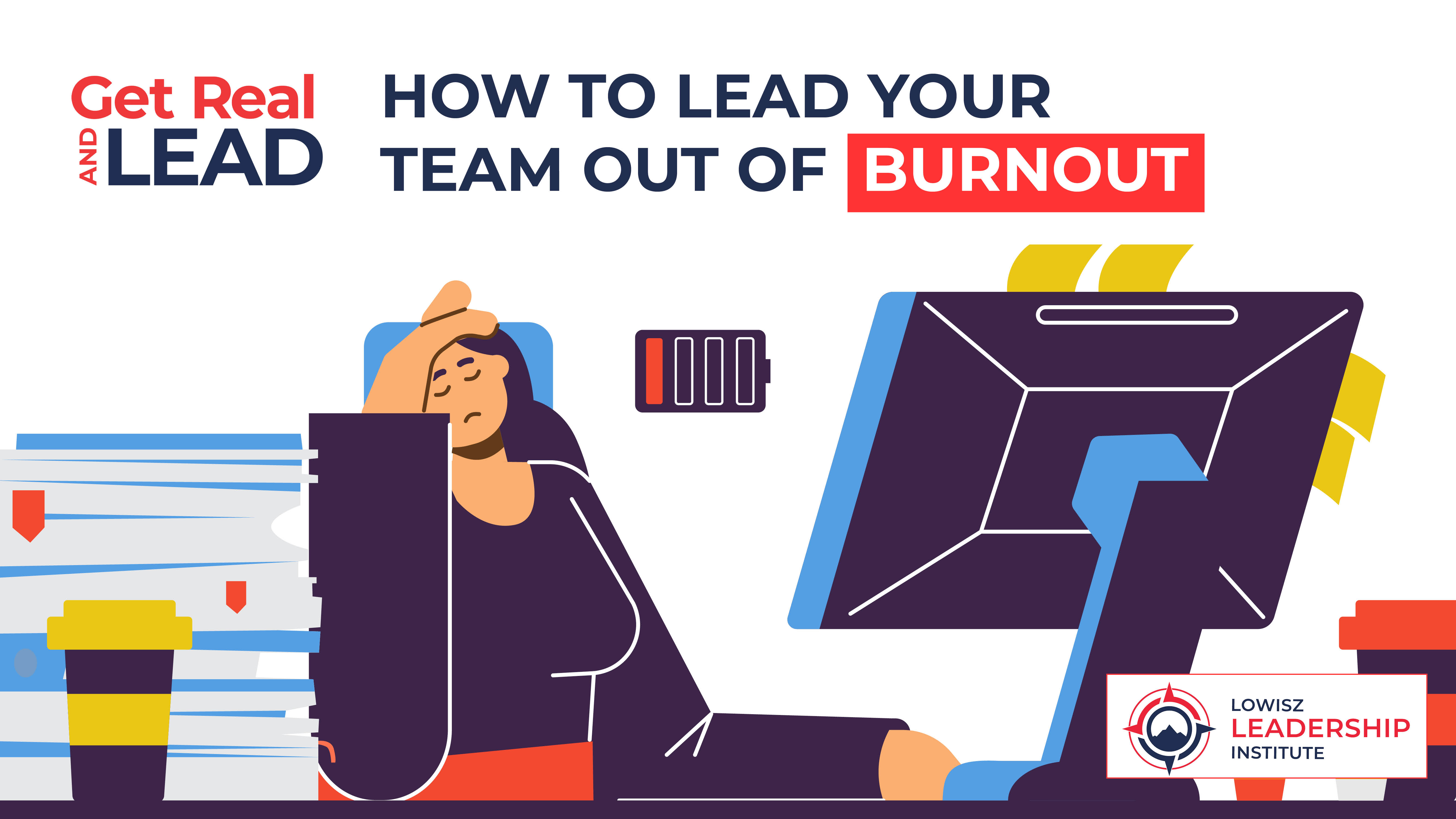How to Lead Your Team Out of Burnout

How to Lead Your Team Out of Burnout
When employees start talking about burnout, leaders often jump to quick fixes, but burnout isn’t cured with meditation apps or mental health days—the real solution starts with how you lead.
The Burnout Myth
Businesses throw all kinds of superficial perks and wellness programs at employees because they don’t want to acknowledge that burnout is an organizational issue, not an individual one.
Superficial quick-fixes won’t solve burnout problems because they don’t deal with the root causes. Burnout prevention starts at the top and requires addressing the structural issues that cause burnout in the first place.
What Really Causes Burnout?
Most people will tell you that burnout is caused by stress. This assumption isn’t completely wrong, but it doesn’t tell the whole story. The right amount of stress is a good thing—it can even fuel us to push through barriers and challenges, making us more resilient.
But too much stress from too many directions does the opposite: it wears you down to the point where even regular tasks start feeling like too much. This is what causes burnout. It’s not a single task or situation, which is what makes it difficult to pin down. Burnout is caused by too many stressors happening too close together, with too little recovery time in between.
Burnout across an organization doesn’t happen because people didn’t do enough yoga. Burnout is the result of leadership practices that prioritize immediate results over long-term success. Real success requires sustainable effort, not the “always on” mentality that you see in most businesses today.
Why Your Team is Experiencing So Much Burnout
Here are some of the problems that will pile on the stress and lead to workplace burnout:
The 24/7 workday. Employees are expected to monitor and answer emails and phone calls outside of normal working hours—including the late evenings, weekends, and while on vacation.
Unrealistic deadlines. When every single project becomes “urgent” it requires team members to perform beyond reasonable limits day after day.
Understaffing and unqualified staffing. Maybe someone quit and their responsibilities were just added on to other roles. Or, the business isn’t hiring enough people (or the right people) to handle the workload.
Lack of training and development. Team members could easily learn the skills needed to handle the workload, but they are never given the time or resources to do so (or are expected to do training outside of working hours).
Micromanaging. Almost no one does their best work when they’re constantly “managed.” It is stressful to have someone looking over your shoulder and expecting updates multiple times throughout the day.
Unnecessary meetings. Meetings and 1-on-1 conversations are crucial to effective leadership—but that doesn’t mean you should be meeting just for the sake of meeting. Every meeting should have a clear agenda and purpose.
Communication isn’t clear. Vague expectations and unclear roles are discouraging and stressful for employees. This leads to misunderstandings, work that needs to be redone, and a general sense of confusion and frustration.
Lack of purpose, vision, and goals. People are driven to do their best when they know why they’re doing their work. Your business should have a strong mission that gives your team a sense of purpose, plus every individual needs goals that align with their unique strengths and their own big-picture aspirations.
Real Solutions for Preventing Burnout
Reframe Leadership’s Role: Leaders need to shift their mindset from solving symptoms to addressing root causes. Burnout isn’t solved by perks but by structural and cultural changes.
Understand Your People: Learn how to have productive conversations with your team that guide their actions and support their goals.
Model Healthy Behaviors: Leaders must set boundaries for themselves and their teams to establish work-life integration.
Build Trust: Create an environment where employees feel safe voicing concerns about workload and expectations.
Be Crystal Clear: Set clear expectations from the start to avoid overwork or confusion. Read more about how to communicate clearly.
Collaborate on Solutions: Encourage employees to share ideas for reducing stressors and improving work processes.
Download Your Exclusive Leadership Guide Now
To download our Exclusive Leadership Guide: How to Lead Your Team Out of Burnout, click HERE.






